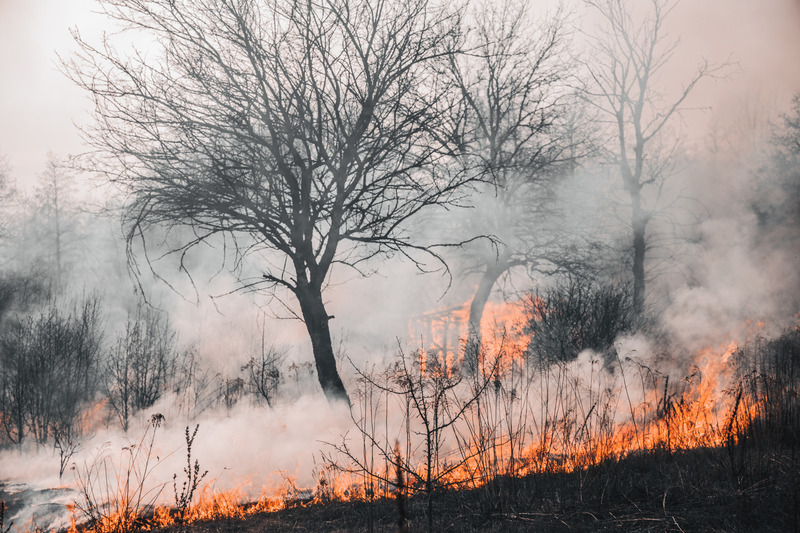This article is extracted from the book called “Forgotten Landscapes of California” by “Laura Cunningham”. California is a partial fire forest land, with forest fire expected every year, this article carries some interesting information for your users
Traveling up into the higher ranges of California, I was not surprised to see signs, in the emerald evergreen forests of the Sierra Nevada, of adaptation to fire. Foresters early in the twentieth century noticed that “The virgin forest is uneven-aged, or at best even-aged in small groups, and it is patchy and broken, hence it is fairly immune from extensive, devastating crown fires.” This was soon to change. The primeval forest was well adapted to fire, a different kind of fire than we are used to today.
John Muir watched a fire in a sequoia grove along the Kaweah River in the fall of 1875. It was coming upslope from the lower chaparral belt like an “ungovernable flood.” But as it reached the old forest the flames calmed, “creeping and spreading beneath the trees.” It left most of the thick, orange bark of the old giants alone, merely adding black scorch marks. Occasionally branches on the ground flared up into bonfires, and in other spots, the flames managed to climb up young tree trunks and ignite the leaves with a roar. Sometimes fire crawled high up a giant sequoia and lit its top into a fiery lamp that burned for days.” But the forest as a whole was unharmed.
Here, from 1894, is Muir’s description of the look of these Sierran forests:
The giant pines, and firs, and Sequoias hold their arms open to the sunlight, rising above one another on the mountain benches… The inviting openness of the Sierra woods is one of their most distinguishing characteristics. The trees of all species stand more or less apart in groves, or in small, irregular groups, enabling one to find a way nearly everywhere, along sunny colonnades and through openings that have a smooth, park-like surface, strewn with brown needles and burs.”
Forester George Sudworth in 1900 described a similar openness in the forests he had examined:” The single big trees, or groups of three to six, stand far apart, forming a characteristically open forest.”
Among the hundred-foot-tall giant ponderosa and sugar pines, spaced singly and in groups, were open areas of bare pine-needle duff, montane bunchgrasses such as western needlegrass, shrubs such as snowbrush and kit-kit-dizze, and on the east slope, bitterbrush. Small, moist meadows also interfinghered with the forest groves in low spots. Some giant ponderosa reached 260 feet in height, with nine-foot diameters at their bases, and explorer John Fremont, crossing the Sierra, saw one titanic sugar pine with a ten-foot diameter. The forest canopy was not continuous; it probably shaded only 50 percent of the ground.

For untold millennia, low-intensity ground fires crackled through these” mixed coniferous forests” at intervals of two to thirty years, some apparently set by Native people and some caused by lightning. “These were creeping surface fires that licked a few feet up the sides of large trees, and then only briefly,” says Thomas Bonnicksen, a forest scientist at Texas A & M University. George Sudworth found fire scars on the lower trunks of 50 to 75 percent of the trees and concluded that “the fires of the present time (1900) are peculiar of a surface nature, and with rare exception, there is no reason to believe that any other type of fire has occurred here.”
At Bay Tree Removal service in Hayward, we watch the California forest fires every year. And try our best to help the community.
Continue reading about “Mount Diablo“
